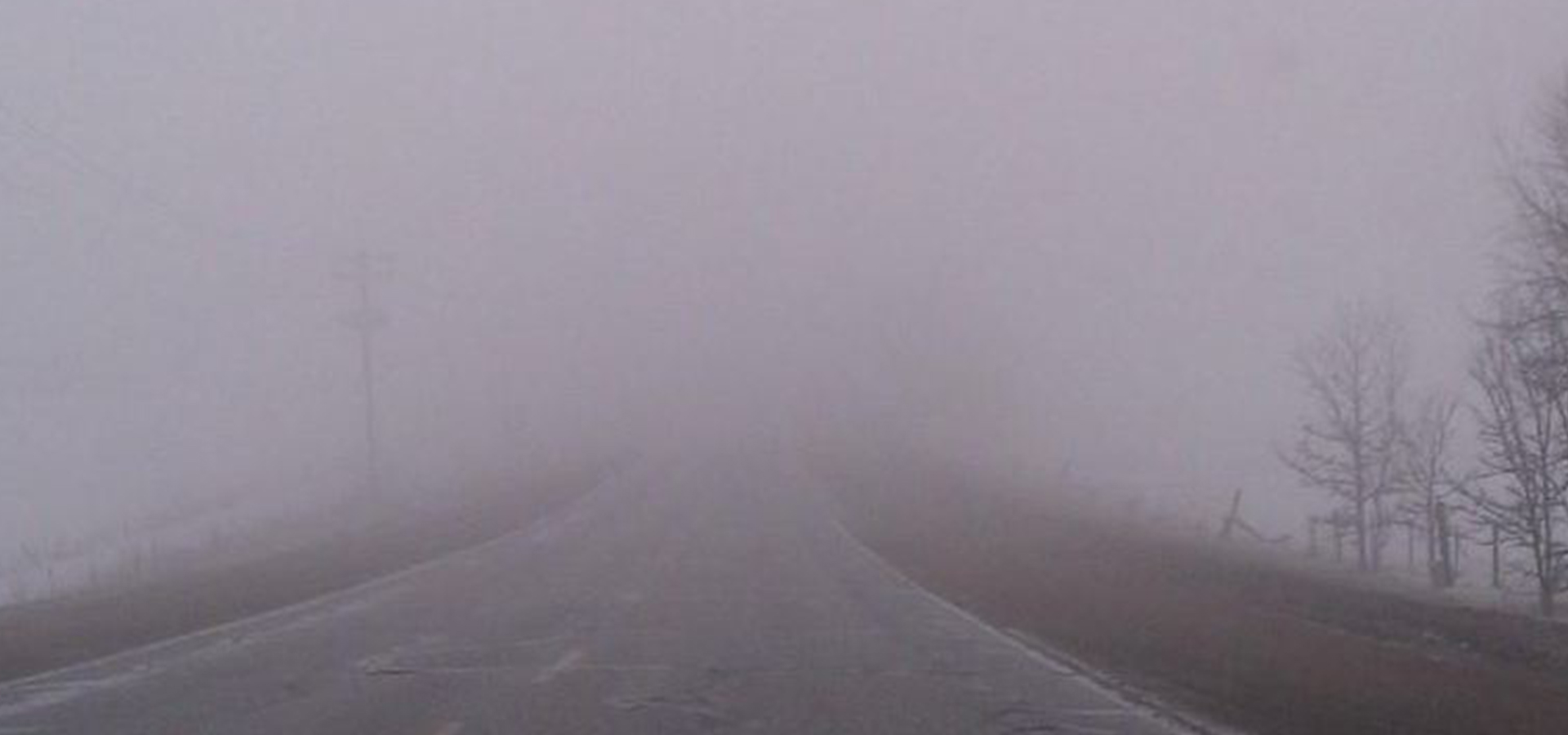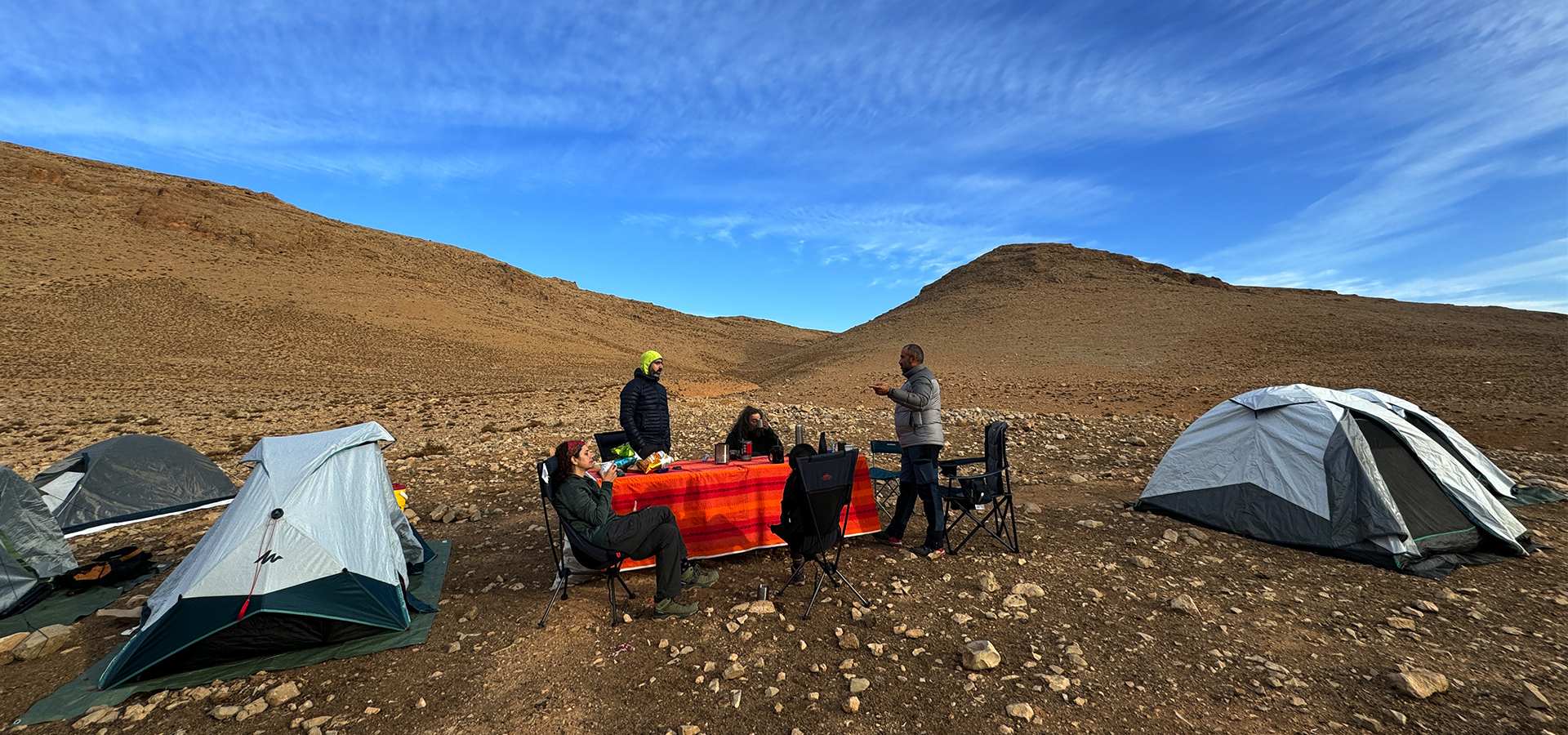
Safe driving in foggy conditions
- January 20, 2024
- 0
Mountain tops jutting skyward out of the fog can be a beautiful sight, but it can also be dangerous for travelers. One moment your view is clear and the next you have driven into dense fog. There are two ingredients that add to the formation of fog in areas of variable terrain.
First, overnight, the ground cools as the heat that was gathered from the sun’s rays during the day is released back into the air near the ground level. The denser, cooler air on mountain-tops sinks into valleys, and collects there.
Second, over the course of the night, the valley begins to fill from the bottom with cold layers of air. This phenomenon is known as “cold air drainage.” This cooler air lowers the surrounding air temperatures closer to the dew point and subsequently saturation. If there is sufficient moisture in the air, fog will begin to form in these valleys as the night progresses. This type of fog is most commonly observed in the autumn and spring months, and is densest around sunrise when surface temperatures are often lowest.
Driving in fog and mist requires special caution. It is believed that this environmental road hazard is one of the most dangerous. It is challenging to drive in heavily congested traffic, but you should be even more vigilant when sharing the road in foggy conditions as visibility can seriously deteriorate within a matter of seconds.
If you must drive in foggy conditions, keep the following safety tips in mind:
Slow down and allow extra time to reach your destination.
Make your vehicle visible to others both ahead of you and behind you by using your low-beam headlights since this means your taillights will also be on. Use fog lights if you have them.
Never use your high-beam lights. Using high beam lights causes glare, making it more difficult for you to see what’s ahead of you on the road.
Leave plenty of distance between you and the vehicle in front of you to account for sudden stops or changes in the traffic pattern.
To ensure you are staying in the proper lane, follow the lines on the road with your eyes.
In extremely dense fog where visibility is near zero, the best course of action is to first turn on your hazard lights, then simply pull into a safe location such as a parking lot of a local business and stop.
If there is no parking lot or driveway to pull into, pull your vehicle off to the side of the road as far as possible. Once you come to a stop, turn off all lights except your hazard flashing lights, set the emergency brake, and take your foot off of the brake pedal to be sure the tail lights are not illuminated so that other drivers don’t mistakenly run into you.
Before embarking on your Journey
• Before you drive, and during your trip, check weather forecasts and road reports.
• If there is a weather warning or reports of poor visibility and driving conditions, delay your trip until conditions improve, if possible.
• Only drive if you really need to drive in these conditions – do not gamble by going on an unnecessary drive.
• Fog can be quite thick, thus you might elect to wait until the mist lifts before going on with your drive – Driving in fog at night is even more difficult.
• Check your windscreen to ensure that it is clean and allows for the best visibility.
• You will need to test your fog lamps.
• Know how to defrost your car.
• If the windshield starts to fog on the inside, open a side window slightly and turn the defroster to a higher speed.
• If you have an air conditioner, use it to reduce humidity and moisture collecting on the window.
• Familiarise yourself with your front and rear fog lights – know how to switch them on and off – and use them when appropriate.











